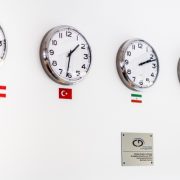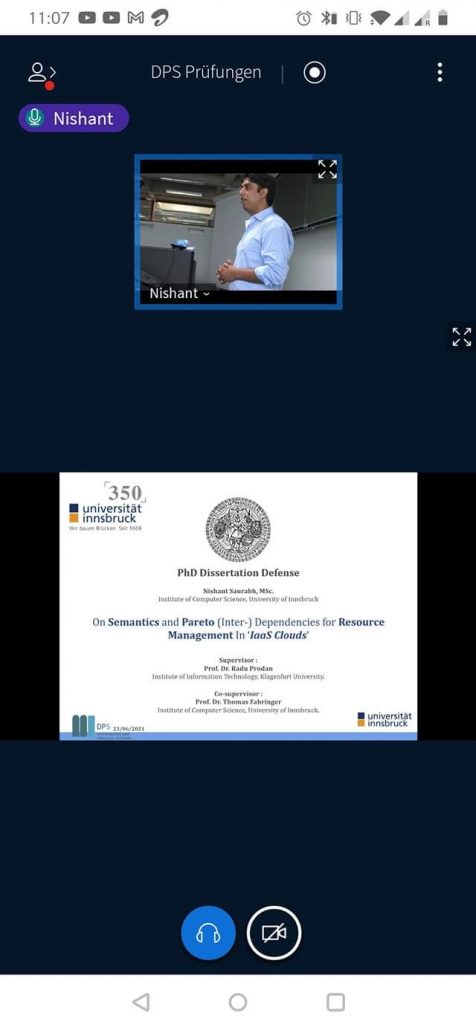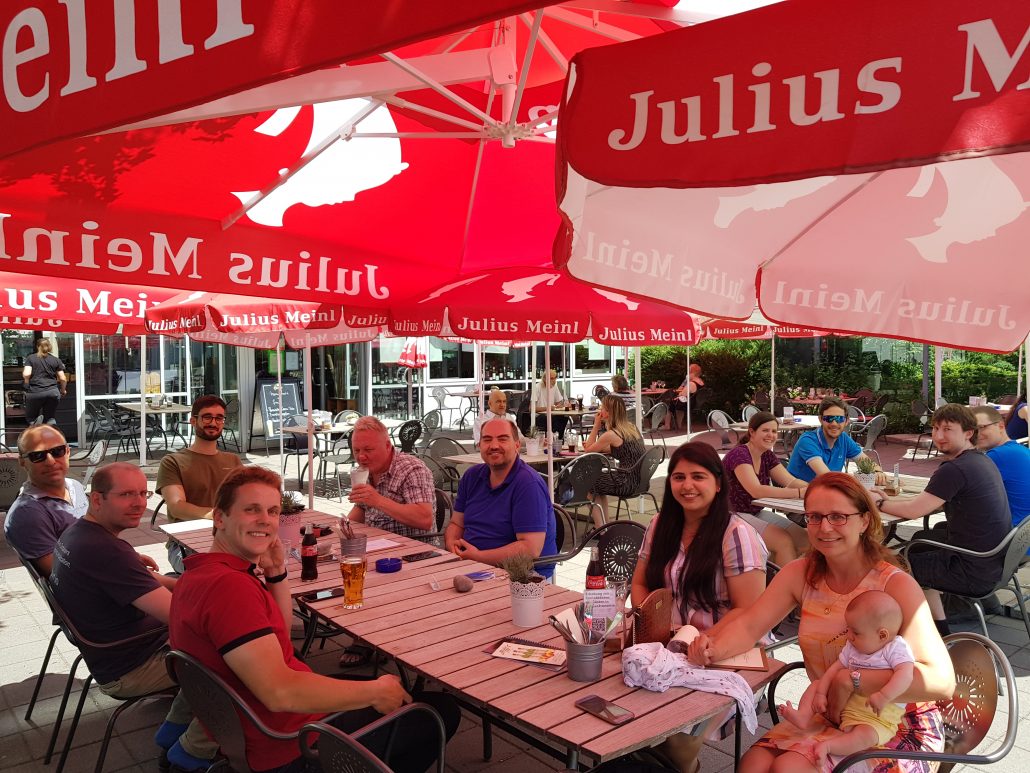Conference info: The 46th IEEE Conference on Local Computer Networks (LCN) October 4-7, 2021
Authors: Reza Farahani (Alpen-Adria-Universität Klagenfurt), Farzad Tashtarian (Alpen-Adria-Universität Klagenfurt), Hadi Amirpour (Alpen-Adria-Universität Klagenfurt), Christian Timmerer (Alpen-Adria-Universität Klagenfurt), Mohammad Ghanbari (School of Computer Science and Electronic Engineering, University of Essex, Colchester, UK) and Hermann Hellwagner (Alpen-Adria-Universität Klagenfurt)
Abstract: With the increasing demand for video streaming applications, HTTP Adaptive Streaming (HAS) technology has become the dominant video delivery technique over the Internet. Current HAS solutions only consider either client- or server-side optimization, which causes many problems in achieving high-quality video, leading to sub-optimal users’ experience and network resource utilization. Recent studies have revealed that network-assisted HAS techniques, by providing a comprehensive view of the network, can lead to more significant gains in HAS system performance. Read more












